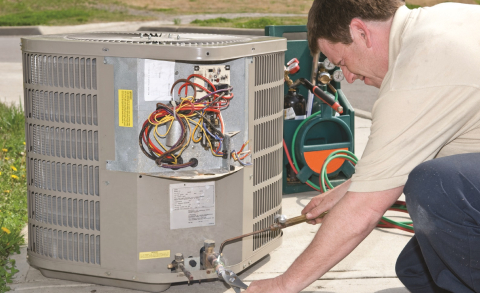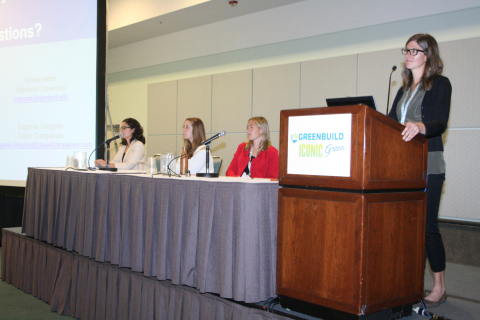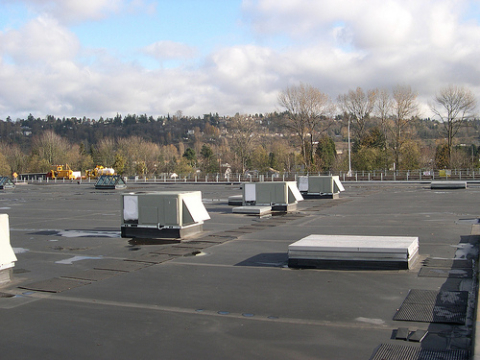
Over the past 25 years, substantial gains have been achieved in the energy efficiency of residential central air conditioners and heat pumps.
The JUMP program experienced a successful year of engagement and innovation in 2016, adding 12 industry partners, launching 13 calls for innovations,
The returns on investment jump off the page like a 3D movie, ranging from 42% to a whopping 410%. They are the energy saving results from 10 pilot tenant space projects that are now serving as the basis for the recent launch of Urban Land Institute’s...
This year’s Greenbuild International Conference and Expo saw continuation of the “health and well-being” theme as related to the built environment and its impact on occupant health and productivity.
We know that measuring and verifying energy savings, affectionately known as M&V, is important. But, when you consider that 1-5% of total project costs go to this effort and that $7 billion is spent a year on utility demand side management programs, we...
After previously discussing what building codes are, how they are developed, and how they are adopted, we now explore the final, and perhaps most important, stage of the building energy code cycle: compliance.

Plug and process loads (PPLs) consume about one-third of primary energy in U.S. commercial buildings.
Small businesses are a vital part of America’s growing economy, but they face many challenges bringing their innovative ideas to market.
In order to consistently exchange information on building characteristics and energy use data between tools and databases, several organizations ha...

Buildings in the U.S. consume 38.5 quads of energy annually, of which nearly half is used for HVAC&R.

